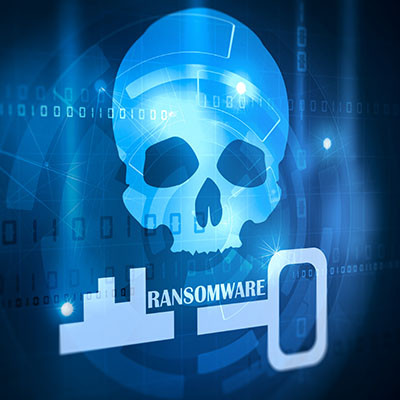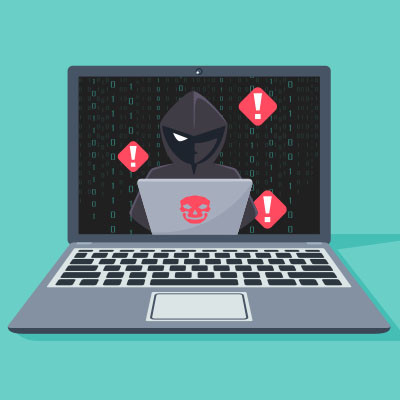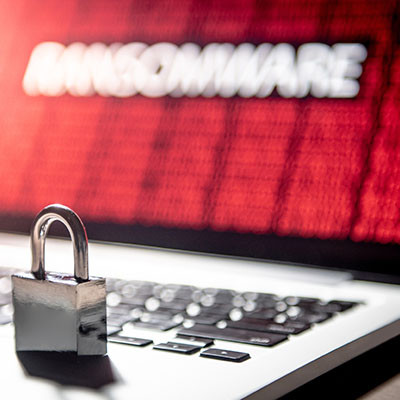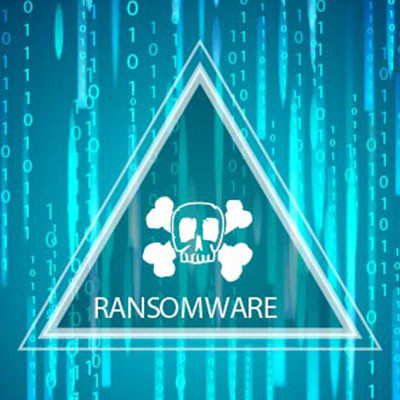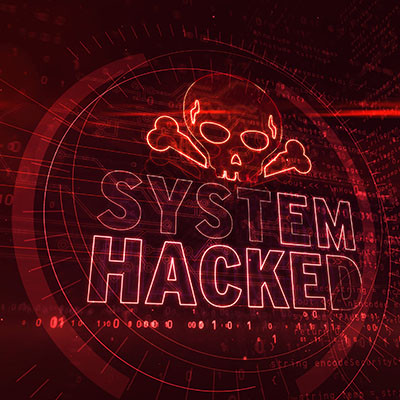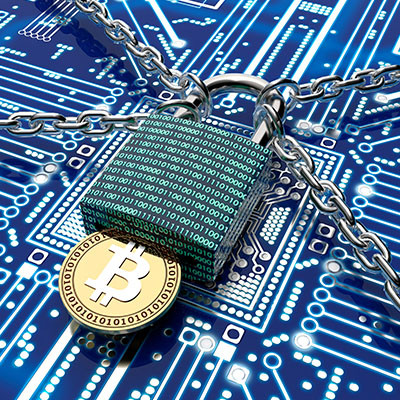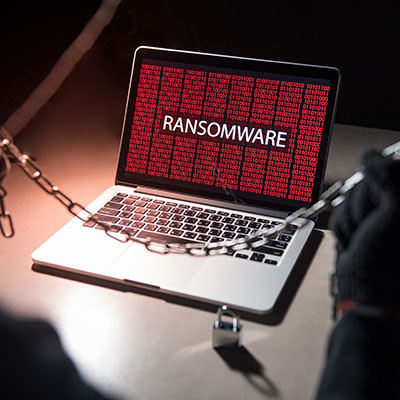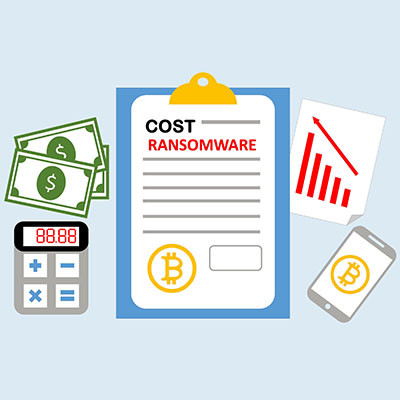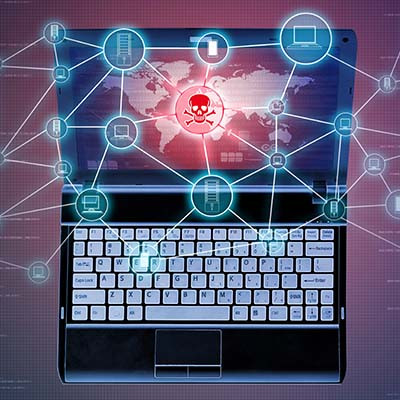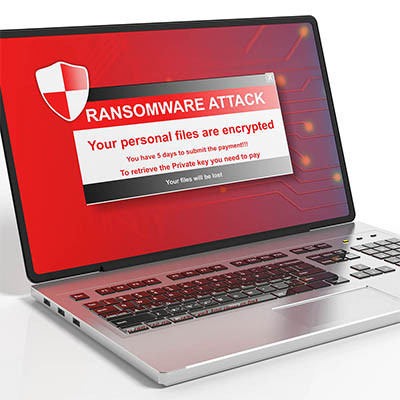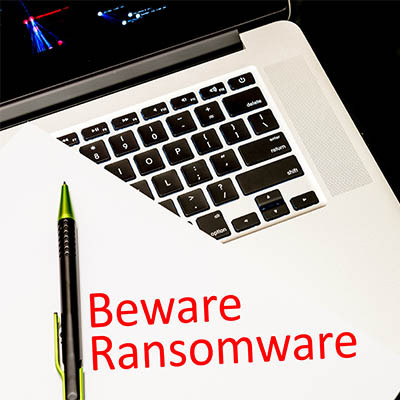Even with ransomware making headlines last year, 2024 saw one of the most interesting trends yet: decreased payments. Last year alone, ransomware payments decreased by hundreds of millions of dollars, even with large-scale attacks and a massive $75 million payment by one victim. Progress? Well, maybe.
Innovative Client Technologies Blog
If you’re not familiar with ransomware, we wish we lived in the same universe you’ve been living in the past decade. It’s a serious problem for all types and sizes of businesses, not to mention its impact on individuals, governments, and world organizations. Today, we want to go over some of the latest ransomware tactics in use as of 2024.
As the year winds down, it’s time to start looking at 2024 and what the year could mean for local organizations. It’s likely that most businesses are putting together their operational plans and marketing budgets, and all of that is certainly important, but there are some major situations at play that could cause your business to suffer from major losses and rack up huge expenses if decision-makers aren’t prepared for it.
Perhaps the most dangerous and notorious modern malware, ransomware affects businesses and industries without any regard to size or scope. It can even impact individual users and get away with it. We urge businesses to consider the other dangers associated with ransomware beyond just paying the ransom, as they extend far beyond and could have lasting impacts on your operations.
We throw around the term “ransomware” an awful lot, and while we’re confident that most people have some level of familiarity with the concept at this point, it is important that we acknowledge that not everyone has our experience in dealing with it. As such, we wanted to answer some of the questions we hear fairly often about ransomware.
The headlines hyping up ransomware as a dangerous threat are not exaggerating. It really is as bad as it seems, although there is often a fair amount of embellished information on what ransomware exactly is and what it does. Let’s take some time to review what ransomware is and how your business can handle it in an appropriate way.
It sincerely seems that every other day features news of another cyberattack, and it isn’t uncommon for the word “ransomware" to be tossed around an awful lot. Let’s take a few moments to go over—or review—what ransomware is, and arguably more importantly, how to handle any you or your team encounters.
Ransomware is an incredibly potent threat that has ravaged the cybersecurity landscape for several years now. Many users who get struck by ransomware feel like they have no choice but to pay the ransom, but others have banded together to create a community of resilience in the face of such a threat. Thanks to the efforts of one particular agency, victims of malware can enjoy access to malware removal tools for free.
We apologize for the pun, but we couldn’t help ourselves.
When you go about your business and attempt to onboard a new client or implement a new tool for your company, you spend time getting to know what your business is doing and why. Well, a newly formed ransomware group will spend up to two weeks mapping your network before launching its attacks, making it a potent threat actor that you should keep an eye out for on your business network.
Imagine your business becomes the target of a ransomware attack. The situation is dire, and you need access to your data. You decide to pay the ransom, even though all security professionals advocate for the opposite. The worst is behind you, you think. This is unfortunately not the case; there are countless other costs that ransomware can bring to the table, and none of them are good. Let’s examine the true cost of ransomware beyond just the ransom.
When people talk about network security, it’s just like they are talking about any other subject, the most terrible and devastating of the bunch is all that is spoken about. In the case of malware, there is a lot of information about ransomware going around out there because it is largely the worst type of ransomware there is for any organization. Unfortunately, malware is a vast and largely misunderstood thing. Today, we thought we would briefly go through modern malware so you can identify if you are a victim or not.
There are all kinds of threats out there that can make things difficult for your business, but one of the biggest threats from this past year was ransomware. Ransomware encrypts data on the victim’s device so that it is inaccessible without the decryption key. Hackers have been successful with these extortion methods, as well as many others, yet ransomware continues to be a serious source of anxiety for businesses of all sizes and industries.
Ransomware is one of the worst threats you can encounter, and the first half of 2021 saw more large-scale ransomware attacks against both individuals and businesses than ever before. A new threat, however, promises to disrupt this trend, and it’s one that you might not have considered: fake ransomware attacks.
Ransomware is such a major problem for computing-dependent organizations that even government agencies are getting involved, equipping businesses and organizations with tools to help themselves identify whether or not they are at risk of these attacks. The most recent addition to this group, the United States’ Cybersecurity and Infrastructure Security Agency (CISA) have made their Ransomware Readiness Assessment, or RRA, available as part of its Cyber Security Awareness Toolset.


